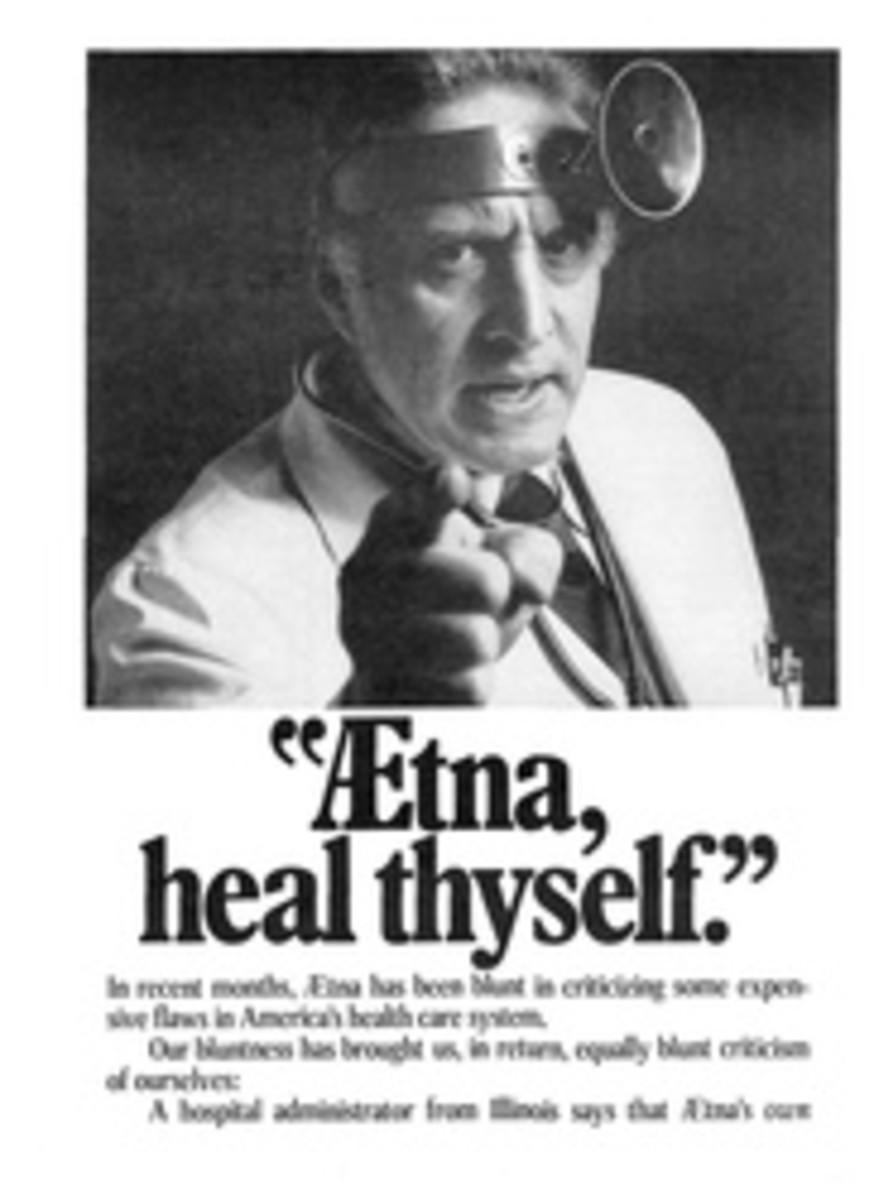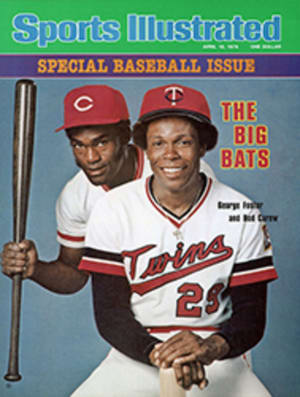
NO MORE RIDES ON AN ELEPHANT, THANK YOU, BUT I'D WALK A MILE ON A CAMEL
My invitation this year to participate in the Ringling Bros. and Barnum & Bailey "annual animal walk" is worded more cleverly ("You are cordially invited to enjoy a Close Encounter of the Herd Kind") than the one of several years ago, which stated simply that I could help celebrate the opening of the circus in New York City by riding an elephant from the railroad yard to Madison Square Garden. I accepted that invitation and quickly discovered that there are two prerequisites for a comfortable journey on a pachyderm—a backside of reinforced steel and a leg spread like the wingspan of an eagle. Media types from newspapers, magazines and TV networks took part in the ride that year, and when it was over most of us thought we might never walk again.
I also once rode a non-circus elephant in the jungles of Nepal. It was provided with a howdah, or basket, in which one rode. That was a horrible trip, too, even in the basket, for it lasted two hours and the gait of an elephant is uneven, to put it as kindly as possible, with no two legs moving in a discernible rhythm. The sensation is that of maintaining one's balance on top of a volcano that is about to erupt.
A trotting horse has something of the same unsettling gait—at least for the novice who has not learned to post—for it moves one front leg and the opposite hind leg in unison, producing an up-and-down motion that can be jarring. A pacing horse, a rare thing to ride nowadays, has a smoother gait, because it has been trained with hobbles to move its front and hind legs on the same side simultaneously. But such locomotion, unlike the trot, is unnatural. Take the hobbles off and pacers often go back to the way nature arranged for them to move. Still, if Barnum & Bailey were to offer me a pacer this time, I might accept. Or, better yet, a camel, such as the one I once rode in Africa. A camel is comfortable. It is one of only two animals that I know of (the other is the cat—from tabby to lion) that pace naturally, with front and hind legs on the same side moving in smooth concert. Because one rides sidesaddle on a camel, in front of the hump, the effect is more like the gentle swaying of a rocking chair than the earthquake tremor of an elephant.
Because this year's circus elephant won't be any easier to straddle than the one that did me in before, I wrote Ringling Bros, and Barnum & Bailey a courteous but firm thanks but no thanks. With no camels available, I'll stick to riding the most comfortable animal I know—my Volkswagen Rabbit.

